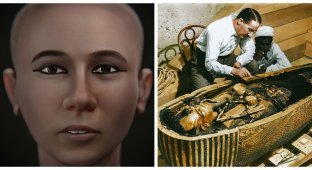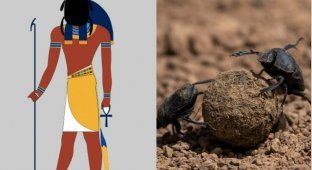The face of Amenhotep III was reconstructed from the skull (6 photos + 1 video)
Amenhotep III ruled Ancient Egypt at the height of its power, 3,400 years ago. He is called the richest man in history. He was worshiped as a living god and was the grandfather of Tutankhamun. And now we can finally see his true face! 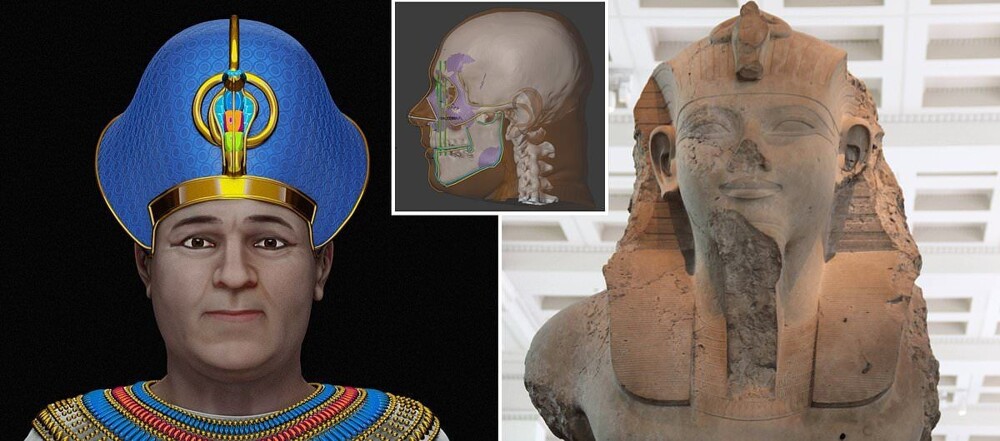
Pharaoh Amenhotep III, described by one archaeologist as “one of the richest men who ever lived,” led Egypt to a period of unprecedented prosperity and international power.
He is considered one of the greatest pharaohs, and there are more statues of him than any other, but no scientific reconstruction of his face has ever been carried out. And so an international team of scientists decided to restore justice and show us what this man looked like. 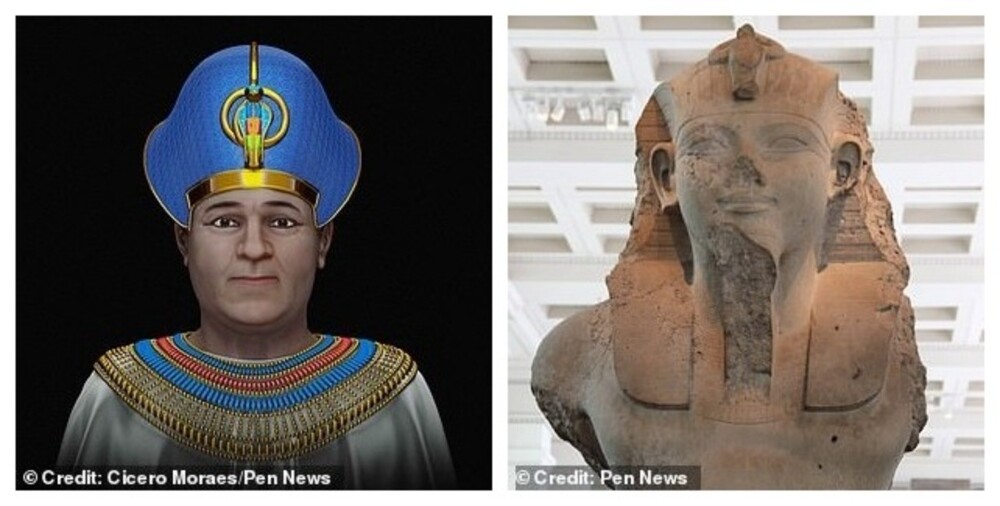
Michael Habicht, an archaeologist at Flinders University in Australia, says Amenhotep III looked very different from the pharaoh depicted in the statues.
“This is the calm face of a man who stood for peace and lived during a time of great economic prosperity. He may well have been one of the richest men who ever lived, at least in his era."
“It is difficult to determine the cause of death by analyzing the available remains. Research conducted in the 1970s describes Amenhotep III as an obese, sick and inactive man who was almost bald and suffered from dental problems in his last years.” 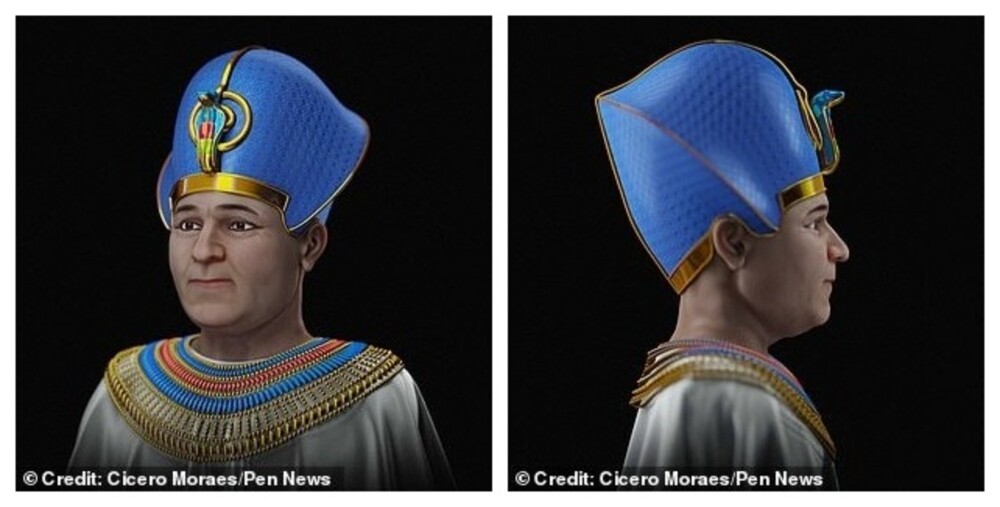
“Although he was one of Egypt's truly great rulers, he is only about 156cm tall, making him one of the shortest pharaohs we know of from surviving mummies. This rather small stature is not reflected in art - in art Amenhotep III is depicted in the form of giant statues.” 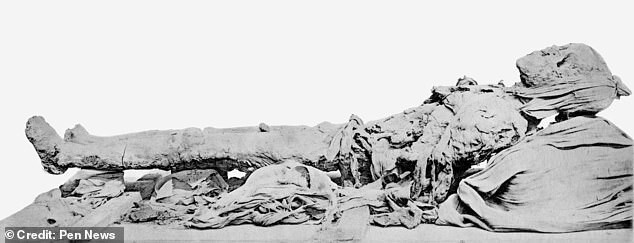
The mummy of Amenhotep III is now kept in the National Museum of Egyptian Civilization in Cairo
Brazilian graphics expert Cicero Moraes, who brought the pharaoh's face to life, says the reconstruction began with a digital recreation of the skull. Additional data obtained from living donors was then used to determine the possible size and position of the nose, ears, eyes and lips
“According to historical data, Amenhotep III had a strong physique, so we used data from people with a high body mass index. If we are not mistaken, this is the first close to reality image of the face of Amenhotep III. Compared to other reconstructions of the appearance of the pharaohs in which I took part, this was the most comprehensive, since we modeled clothing and accessories. We were amazed by the end result; seeing a full bust with such flowers and a calm expression on her face is very nice. This is our gift to everyone who appreciates history.” 
During his lifetime, the pharaoh was revered as a deity, and he claimed that the god Amun was his real father, and the name Amenhotep meant "Amun is pleased."
He is believed to have died between the ages of 40 and 50, leaving his successor with a country at the height of its power and wealth. 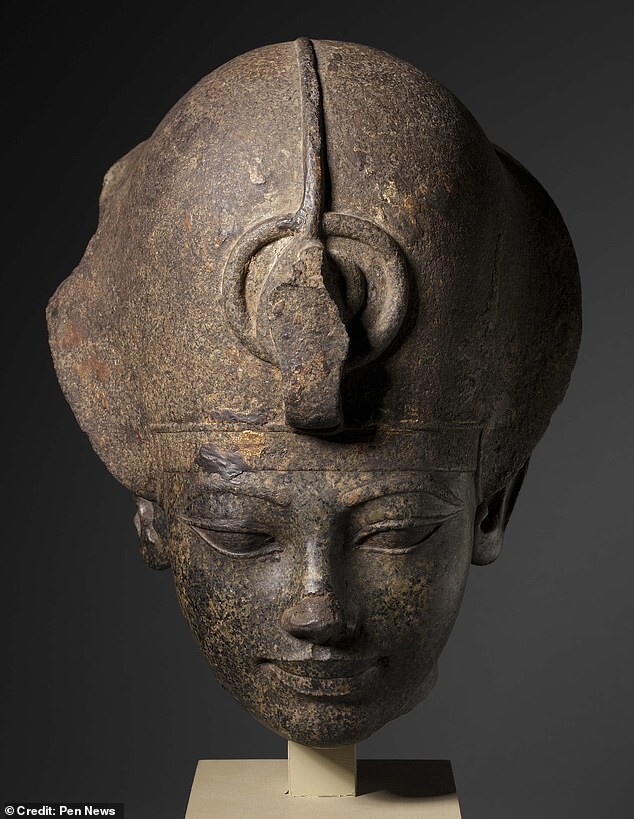
Bust of Amenhotep III at the Cleveland Museum of Art
“In diplomatic letters, foreign rulers begged him to send them a gift of some gold, “since there was as much gold in Egypt as sand,” says Michael Habicht. - This is the usual exaggeration for such letters, but, nevertheless, a hint of great wealth. There are suggestions that Amenhotep III's mummy may have been completely covered in gold leaf, so that he would have looked like a statue of a god."
According to the archaeologist, the pharaoh may also have been a great lover and connoisseur of women: “He was obviously very interested in them; imported hundreds of foreign harem ladies and collected them like other people collect postage stamps.”
Inside Tutankhamun's tomb
After the death of Amenhotep III, he was succeeded by his son, Amenhotep IV. The new pharaoh rebelled against the powerful priesthood of Amun, installing the sun god Aten as the main Egyptian deity. He changed his name to Akhenaten, which means "favorable to Aten", and even moved his capital from Thebes - "the city of Amun" - to a new city in honor of the sun god, Akhenaten.
But his son, Tutankhaten, restored the cult of Amun, changing his name to Tutankhamun, which means “living image of Amun.” Tutankhamun became one of the most famous pharaohs in history thanks to the discovery of his tomb in 1922, which was largely intact and contained many original artifacts.
Michael Habicht, Cicero Moraes and their colleagues Elena Varotto from Flinders University and Francesco Galassi from the University of Lodz in Poland plan to publish their findings in a scientific journal.


















